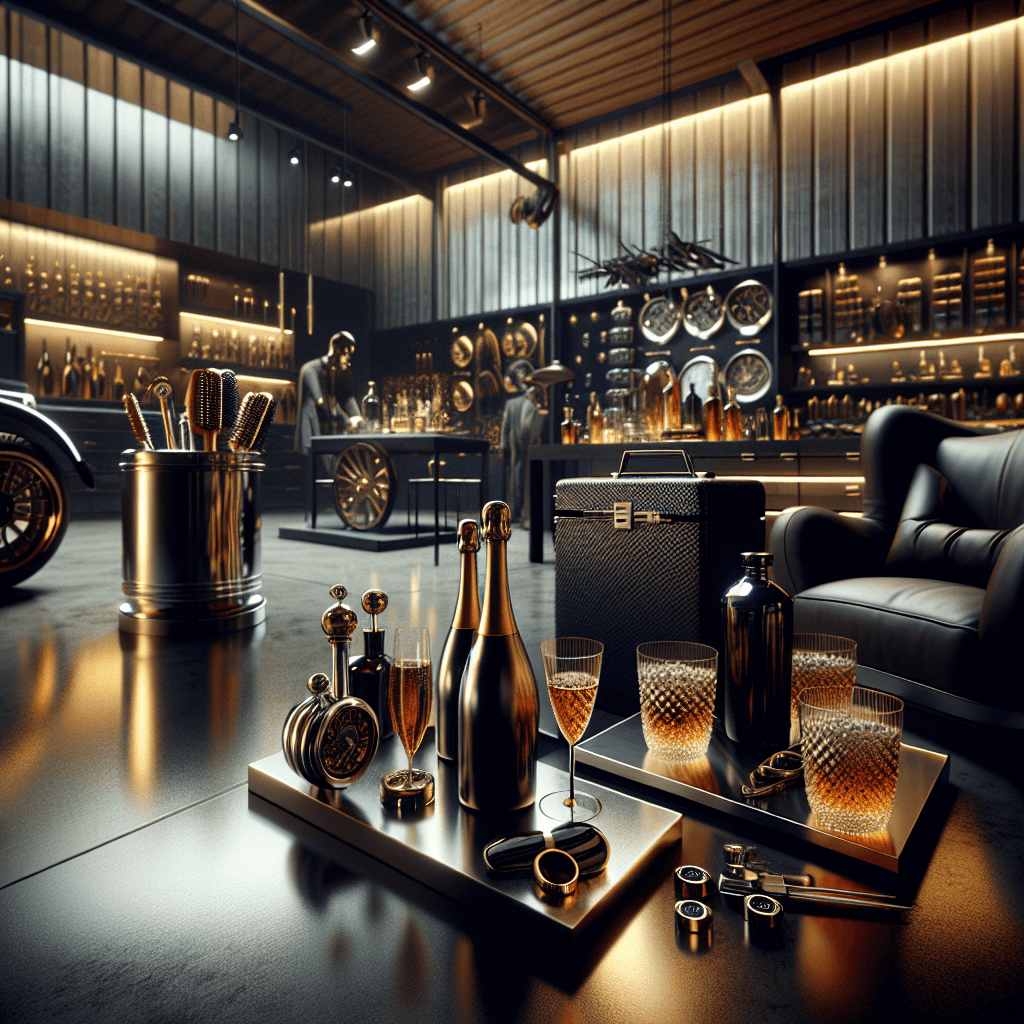Why chilling too much or too little can ruin the experience
Champagne, a symbol of celebration and sophistication, deserves to be served at an ideal temperature to fully appreciate its quality and craftsmanship.
- The Importance of Temperature in Champagne Enjoyment
- What is the Ideal Temperature for Serving Champagne?
- How Temperature Variations Affect Champagne’s Taste and Bouquet
- Expert Tips on Serving Champagne at the Right Temperature
- Cultural Insights and Historical Practices in Champagne Serving
- Concluding Thoughts on Perfecting Champagne Enjoyment
The Importance of Temperature in Champagne Enjoyment
Temperature plays a pivotal role in the enjoyment of champagne, influencing not only its taste but also its aroma and texture. The complexity of champagne, with its delicate balance of flavors and effervescence, is best appreciated when served at a temperature that enhances its unique properties.
Champagne, by its very nature, is a beverage steeped in tradition and luxury. Originating from the Champagne region of France, this prestigious drink is often associated with celebration and exclusivity. The process of creating champagne involves meticulous steps that require expert knowledge and precise control, making the serving temperature an extension of this artistry.
Scientific Perspective on Temperature and Perception
From a scientific standpoint, temperature affects the rate at which champagne releases its aromas. Colder temperatures tend to suppress the evaporation of volatile compounds, which are crucial for the full aromatic experience. Conversely, if champagne is too warm, it can lose its refreshing zest, and the alcohol may become overly dominant, overshadowing the subtle nuances of the drink.
Cultural Expectations and Presentation
In high society, the presentation of champagne is almost as important as its taste. Serving champagne at an incorrect temperature might not only alter its flavor profile but can also be seen as a faux pas in social settings that value tradition and proper etiquette.
What is the Ideal Temperature for Serving Champagne?
The consensus among most sommeliers and champagne houses is that the ideal serving temperature for champagne is between 8°C and 10°C (46°F to 50°F). This range is considered optimal for several reasons:
- Enhancement of Aromatics: At this temperature range, the balance between maintaining the lively effervescence and allowing the rich bouquet of flavors to emerge is achieved.
- Texture and Mouthfeel: Cooler temperatures contribute to a more refreshing mouthfeel, which is a signature characteristic of high-quality champagne.
- Consistency of Bubbles: Fine bubbles are a hallmark of premium champagne, and the right temperature ensures that these bubbles are consistent and persistent.
Expert Opinions and Recommendations
Renowned champagne experts like Richard Juhlin and organizations such as the Comité Champagne provide guidelines that emphasize the importance of temperature in serving. Their insights are based on extensive tasting experiences and interactions with the world’s leading champagne producers.
How Temperature Variations Affect Champagne’s Taste and Bouquet
Serving champagne too cold or too warm can lead to a less than optimal drinking experience. Here’s how temperature variations can impact the sensory aspects of champagne:
Too Cold
- Suppressed Flavors: Excessive chilling can dull the intricate flavors, making the champagne less expressive and flat.
- Reduced Aroma: Aromas are less volatile at lower temperatures, which means the bouquet might not fully develop.
Too Warm
- Overly Pronounced Alcohol: Higher temperatures can make the alcohol in champagne more pronounced, overshadowing delicate flavors.
- Faster Loss of Bubbles: Warm champagne tends to lose its carbonation more quickly, resulting in a less lively texture.
Expert Tips on Serving Champagne at the Right Temperature
To ensure that champagne is served at its best, follow these expert tips:
- Chilling: Place the champagne in the refrigerator at least a couple of hours before serving, or 30 minutes in an ice bucket filled with ice and water.
- Avoid Freezing: Never place champagne in the freezer as it can damage the wine and alter its natural characteristics.
- Serving: Use a champagne flute to preserve the bubbles and concentrate the aromas. Pour gently to avoid excessive bubble loss.
Cultural Insights and Historical Practices in Champagne Serving
The tradition of serving champagne at a controlled temperature has deep roots in European aristocracy, where the presentation and enjoyment of food and drink reflect one’s status and taste. Historical figures such as Dom Pérignon, who is often credited with significant contributions to the development of champagne, were pioneers in establishing standards that are still respected today.
In modern times, these practices have been upheld by prestigious events such as state dinners, royal receptions, and high-profile celebrations, where champagne is often featured as a centerpiece of the culinary experience.
Concluding Thoughts on Perfecting Champagne Enjoyment
Serving champagne at the right temperature is a simple yet crucial aspect of enjoying this exquisite drink. It reflects not only the quality and heritage of the champagne but also respects the craftsmanship involved in its production. By adhering to the recommended temperature guidelines, one can ensure that each glass of champagne offers the full spectrum of its sensory delights, making every occasion it graces even more special.
For further reading on the art of champagne serving, explore authoritative sources such as the official Comité Champagne website.



